 Click on image to access Science at PPPST.com - PowerPoint presentations for all ages!Famed author Clarence Day once said, “Information’s pretty thin stuff unless it’s mixed with experience.” I think Clarence would have been pleased with the experiential hoopla happening in my prior classroom.
Click on image to access Science at PPPST.com - PowerPoint presentations for all ages!Famed author Clarence Day once said, “Information’s pretty thin stuff unless it’s mixed with experience.” I think Clarence would have been pleased with the experiential hoopla happening in my prior classroom.
My classroom’s science shelf was lined with informative botany, zoology, anatomy, chemistry, taxonomy, biology, and simple machine packets, thick with the promise of splendor for all of us to consider! I have to say that not all, but plenty of our experiments were busts. And, like real scientists do, when that happened, we pulled back, asked questions, considered our data, and try, tried again until we got it right. Together, we experienced the scientific method on a shoestring!
The key word in Clarence’s quote is “experience.” He didn’t say “testing” or “quizzing.” Instead, he was referring involvement, participation, and understanding. Mr. Day is talking about the need for active learning, the focus that helps to create the best kind of supplemental guide for a math or science related book.
 Click on image and buy the book!!!!!The guide created for Patricia Newman’s latest, Plastic Ahoy!: Investigating The Great Pacific Garbage Patch, serves as an effective example of experiencing information. Newman crafted this compelling book as if it were a scientific quest to discover the phenomenon known as gyres - large systems of rotating ocean currents consisting of a heavy concentration of trashed plastic threatening to destroy ocean life. Plastic Ahoy!: Investigating The Great Pacific Garbage Patch allows the reader to join with a team of graduate students and become trash detectives by hypothesizing what the effects of plastic garbage might have on the future of the earth’s oceans.
Click on image and buy the book!!!!!The guide created for Patricia Newman’s latest, Plastic Ahoy!: Investigating The Great Pacific Garbage Patch, serves as an effective example of experiencing information. Newman crafted this compelling book as if it were a scientific quest to discover the phenomenon known as gyres - large systems of rotating ocean currents consisting of a heavy concentration of trashed plastic threatening to destroy ocean life. Plastic Ahoy!: Investigating The Great Pacific Garbage Patch allows the reader to join with a team of graduate students and become trash detectives by hypothesizing what the effects of plastic garbage might have on the future of the earth’s oceans.
In the guide, the lesson entitled The Summary of the Scientific Method ( pg. 13) serves as an effective example of leading the reader to discover answers to their own burning questions. Kids can use this step-by-step method to  formulate a hypothesis and then generate a plan to prove it. Perhaps, much like my days in the classroom, though some of their experiments might turn out to be busts; they’ll have a grand time scientifically trying them over and over again until they get it right.
formulate a hypothesis and then generate a plan to prove it. Perhaps, much like my days in the classroom, though some of their experiments might turn out to be busts; they’ll have a grand time scientifically trying them over and over again until they get it right.
I only wish I could be here to join in the fun!
